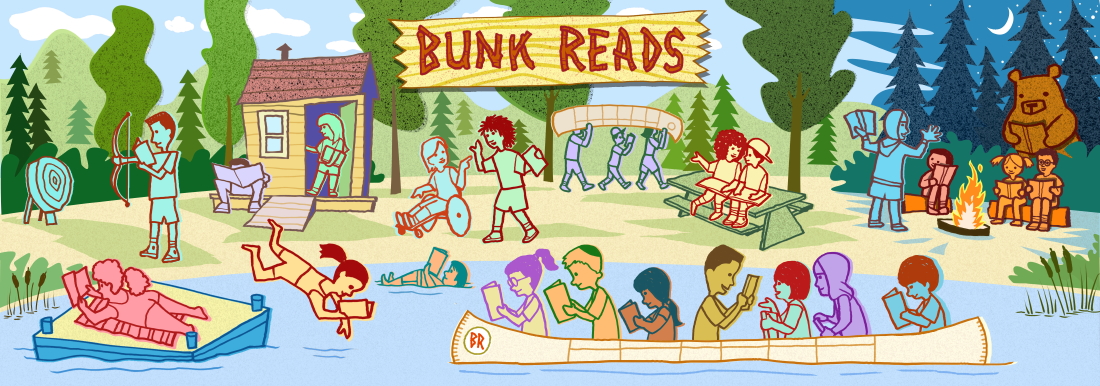 By Megan Wagner Lloyd
By Megan Wagner LloydIllustrated by Abigail Halpin
Publisher: Random House Children’s Books
Pages: 32
Age Range: 3 – 7 Years
ABOUT
A lovely, lyrical picture book with gorgeous illustrations that explores the ways the wild makes itself known to us and how much closer it is than we think.
There are so many places that wild can exist, if only you know where to look! Can you find it? Two kids set off on an adventure away from their urban home and discover all the beauty of the natural world. From the bark on the trees to the sudden storm that moves across the sky to fire and flowers, and snowflakes and fresh fruit. As the children make their way through the woods and back to the paved and noisy streets, they discover that wild exists not just off in some distant place, but right in their own backyard.
REVIEWS
“Lloyd’s sparkling debut celebrates nature through a whimsical meditation on the idea of wildness. After entering a verdant city park, a boy and girl become immersed in the sights, sounds, smells, and feel of their surroundings, which spring to life in Halpin’s (Bella’s Rules) lush and delicately detailed mixed-media pictures. Dominated by muted greens and blues, the illustrations pull readers into the diverse landscapes the children traverse as Lloyd’s punchy text highlights nature’s expansiveness: snakes and a spider lurk overhead as “Wild creeps and crawls and slithers,” while a seaside jaunt brings comfort and joy (“But wild can also soothe: gentle breeze, cheering sun, soft rain”). A brief interlude returns the kids to the dense city, where buildings are “so high, they hide the sky,” but a blowing leaf leads them back to the wild once again. A spirit of adventure and exploration runs throughout the book, the absence of parents or other adults tempting readers to discover the wild in their own environments.”
Ages 3–7. Author’s agent: Ammi-Joan Paquette, Erin Murphy Literary Agency. Illustrator’s agent: Emily van Beek, Folio Literary Management. (May)
—Publishers Weekly
“The wild world can be found close by, even in the city. A light-skinned child with dark braids and another with blond hair venture into a green space near a subway entrance. The path through dense foliage leads to mountains and lakes, a winter landscape, a meadow in bloom, a rocky shore above blue water for swimming. Lloyd’s poetic, philosophical text poses and answers a question: “What is wild?” The answer, unrelated to Sendak’s dancing monsters, stays within the context of Earth, nature, and weather. Halpin’s digitally finished watercolor-and-colored-pencil drawings offer delicate leafy landscapes and bright flowers as well as evocative scenes of night and stormy skies. The author suggests ways that the wild world can be experienced. “Wild is full of smells—fresh mint, ancient cave….” It can be felt: “wild is forest-fire hot and icicle cold”; and it can be sweet: “honey from bees…and juice-bursting blackberries.” It makes noise: “it storm-thunders and wind-whispers.” When the children emerge from their adventure, the text carries a lament for the difficulty of finding “wild” in a place that is “clean and paved, ordered and tidy / …[with] streets and cars and buildings so high, they hide the sky.” If the essence of “wild” remains elusive, perhaps that is partly the point—”wild” can’t be contained but is hidden and waiting to be discovered.”
(Picture book. 4-10)
—Kirkus Reviews


